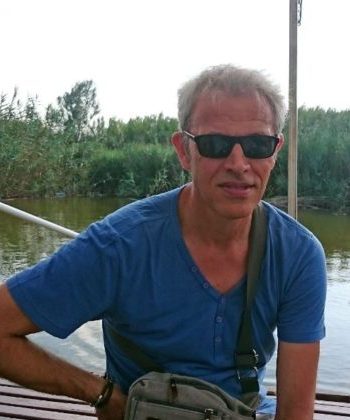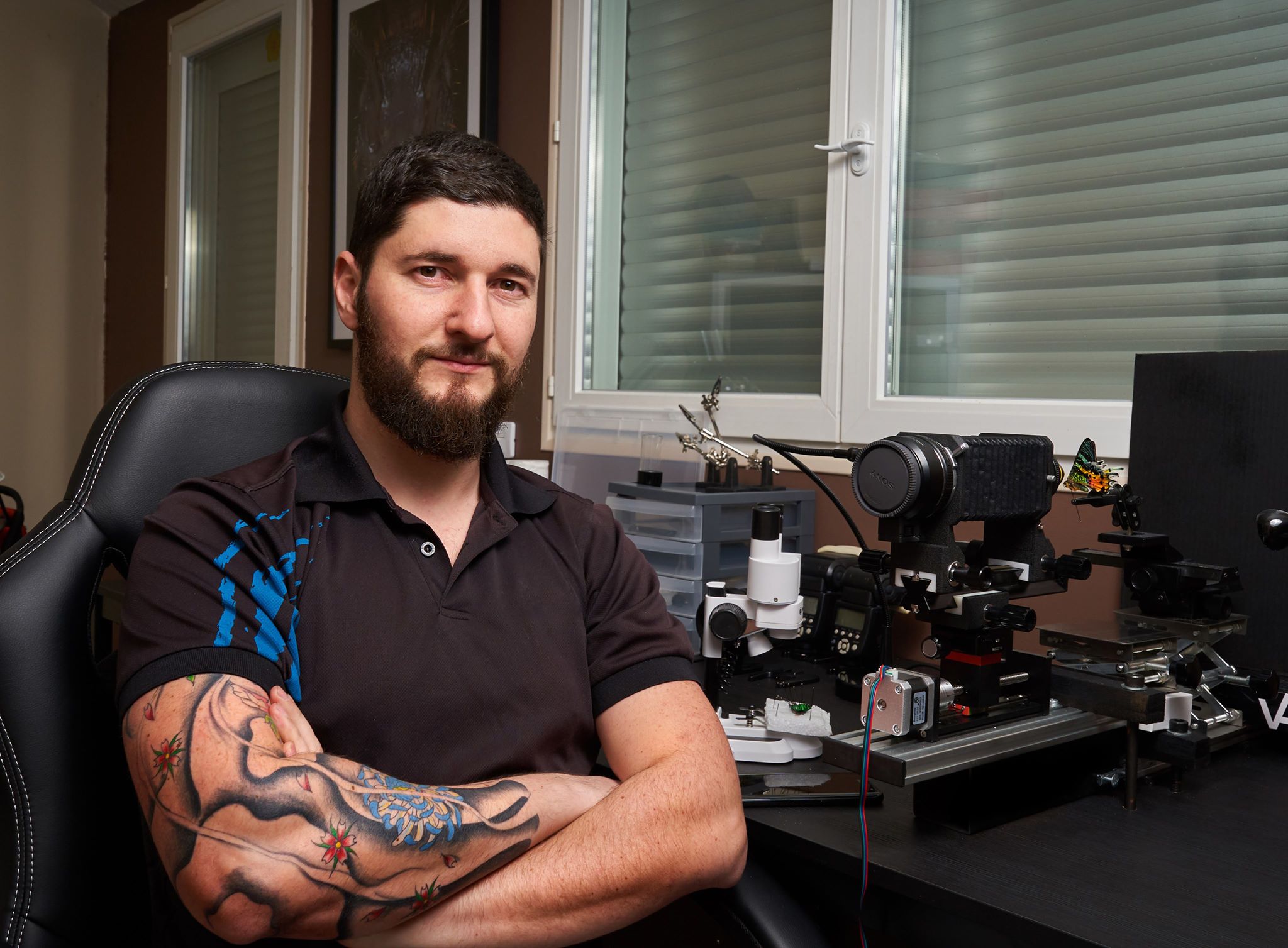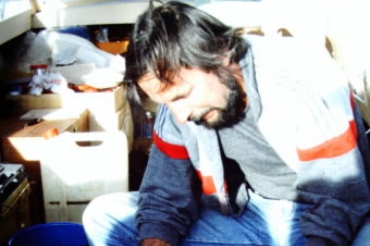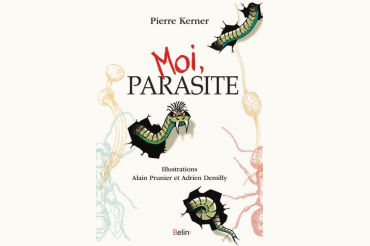Antoine Guyonnet, from Deux-Sèvres, presents his activities
Biodiversity in decline
|
Presentation by Antoine Guyonnet My passion for entomology and Lepidoptera in particular led me to join the OPIE Poitou-Charentes several years ago with which I carry out inventories of the Lepidoptera of Poitou-Charentes, my region of choice, and particularly in the Department of Deux-Sèvres and Charente-Maritime (Word of the author at the bottom of the page). |
Follow-up carried out over the last twenty years during the nocturnal hunts led us to note that the number of species observed, stable up to the near past, however, was undergoing an increasingly marked decrease in the number of specimens encountered at the end of the Time. This feeling, difficult to quantify at our level, was recently confirmed and quantified by an international study published in October 2017 in the journal Plos One (link). A feeling is not necessarily the truth, but many of us had these kinds of remarks when we talked about the fall of the number of people attracted by the light and put on the sheet. It may not have been the right evening, and from time to time there were still outings where the quantity was at the rendezvous.
Time has passed and the bad evenings have become the norm, the average evenings exceptional and there have been no more good evenings. Whether it is in areas of crops where the disaster is even more glaring or in protected areas, where the number of species alleviates the fall of the populations, this finding is necessary everywhere.
What is impressive is that the international study published in Plos One shows a decline in flying insects of 76% on average (and up to 82% in midsummer) and this in German protected areas in twenty-seven years of surveys. We can imagine what is in the unprotected areas. The beginning of the fall of the populations began from the years 1970 with the large rememberments, the intensification of agricultural practices and the logging.
The real collapse corresponds to the arrival of neonicotinoids in the pesticide market. It seems that this is the main factor, which must always be added to the growing urbanization, forest management, global warming and pollution of urban and industrial origin. The pressure is huge on the insects. As I mentioned above, a fall in populations has been observed for thirty years but, until then, the number of species observed remained stable. This observation suggested that if the negative pressure on the butterflies fell, the populations would reconstitute. Unfortunately, this pressure has not been reduced and for the past two years we have witnessed a fall in the number of species observed on our study sites, which is even more serious and the obvious consequence of years of declining populations. The future of insects in our region seems bleak and only national and international decisions can make a difference. Local actions are no longer enough.
A statement by Ban Ki-Moon, secretary general of the UN in 201.1 seems very adapted:
For most of the last century, economic growth was based on what appeared to be a certainty: the abundance of natural resources. We have exhausted our mining resources on our way to growth. We have burned our oil and forests on our way to prosperity. We believed in consumption without consequence. Those days are gone. In the long run this model is a recipe for disaster – a global suicide pact. ».
Awareness has reached the highest peaks of the states, so what do we expect to react?
Personal involvement
My career path is not related to entomology. After studying biology and computer science, I found work in this field and I still do my professional life. In 2000, these were the great beginnings of the democratization of the Internet. As a computer scientist, I am at the front row and the idea of highlighting the Levesque collection through the creation of a site appeared to me very early.
Followed the opening of the site “butterflies of Poitou-Charentes” http://www.papillon-poitou-charentes.org/. A section on Guyana is created to make it easier to exchange with entomologists. The purpose of the site is of course to highlight the collection of Robert Levesque but above all to lay the foundations of a permanent inventory of the Poitou-Charentes region, to gather information about this region, to allow better monitoring and Create vocations. Before I met Robert in 1996, I was able to measure the difficulty of finding information and documentation. The only existing references being overpriced. Launched in 2000, the site is experiencing a great success that pushes me (a little in spite of me, the goal being really to treat only the Poitou-Charentes) to put on line the comments received from other departments or even other countries, the Internet users contacting me being So enthusiastic to see their data valued.
The environmental observatory in Poitou-Charentes (ORE) contacts me and proposes to me to host the site and to be part of a network of naturalistic websites. This work will be done by Mr. Romain David today oceanographer in Marseille. ORE still hosts my site in the structure of new Aquitaine.
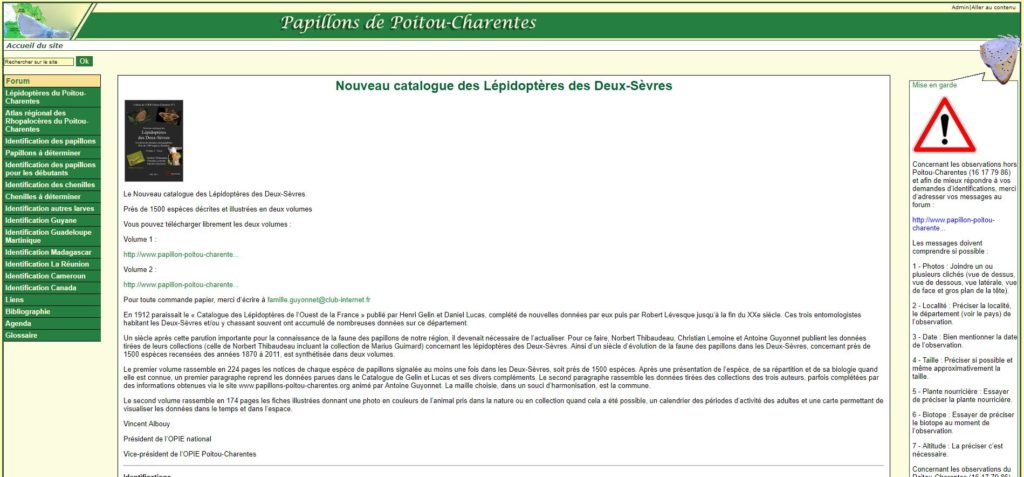
Collaborative involvement
In 2009, under the impetus of Christian Lemoine, Vincent abouy (link article) and Norbert Thibaudeau, my colleagues of the OPIE Poitou-Charentes (Office for insects and their environment), we decide to update the catalogue Gélin and Lucas dating from 1932 for the part dealing with Deux-Sèvres. To do this, we list the animals in our respective collections, in the catalogue Gélin and Lucas and its additions, in the additions of Robert Levesque, in other special collections and those received via the website “Butterflies du Poitou-Charentes “.
This work ends in 2013 with the publication of the “New catalogue of the Lepidoptera of Deux-Sèvres”, the subject of the number 2 of the Cahiers of the OPIE Poitou-Charentes. This catalogue includes more than a century of mapped data with nearly 1 500 species illustrated. The first issue of the booklets of the OPIE Poitou-Charentes “Lepidoptera of Poitou-Charentes and Vendée and their Biotopes” was written by Robert Levesque.
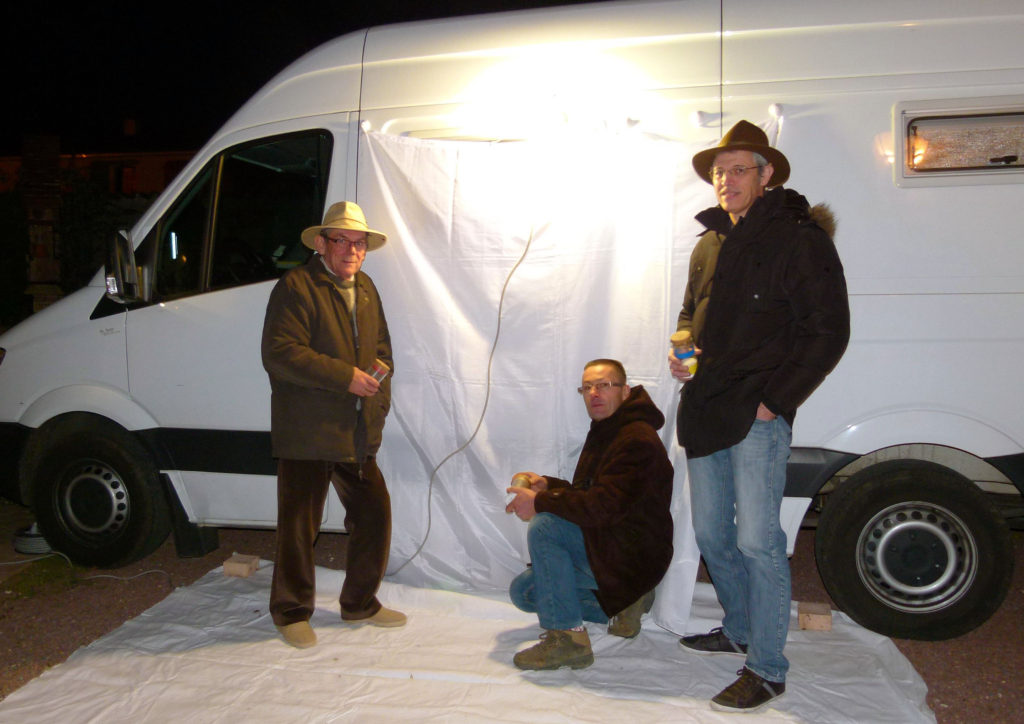
Since 2013 Christian, Norbert and I publish each year in the magazine OREINA supplements containing the novelties found for our department, mostly made on families of micro-Lepidoptera, little butterflies until then little Studied for lack of knowledge and documentation. These discoveries are the result of our collaboration with Mr. Alain Cama without whom we could not progress. It should be noted that we discovered in Deux-Sèvres a new species for France: Biselachista Scirpi (Stainton, 1887) (Elachistidae), a species found in the Marais Poitevin in Anagrams (79). This study on micro-Lepidoptera reveals the presence of several species that were mentioned only in Mediterranean regions: perhaps we can see the effects of global warming?
In 2013, the new catalogue of the Lepidoptera of Deux-Sèvres completed, a member of the OPIE Poitou-Charentes, Jean-Pierre Montenot, also member of the LPO (League of Protection of Birds), tells us that he has set up a network of observers entomologists On the Charente-Maritime within this association. I agree to help them on the identifications and, in exchange, the data are seized on the site of the moths of Poitou-Charentes. As the data received becomes more and more numerous, I propose to carry out a work identical to that done for Deux-Sèvres and to carry out a “new catalogue of the Lepidoptera of Charente-Maritime”.
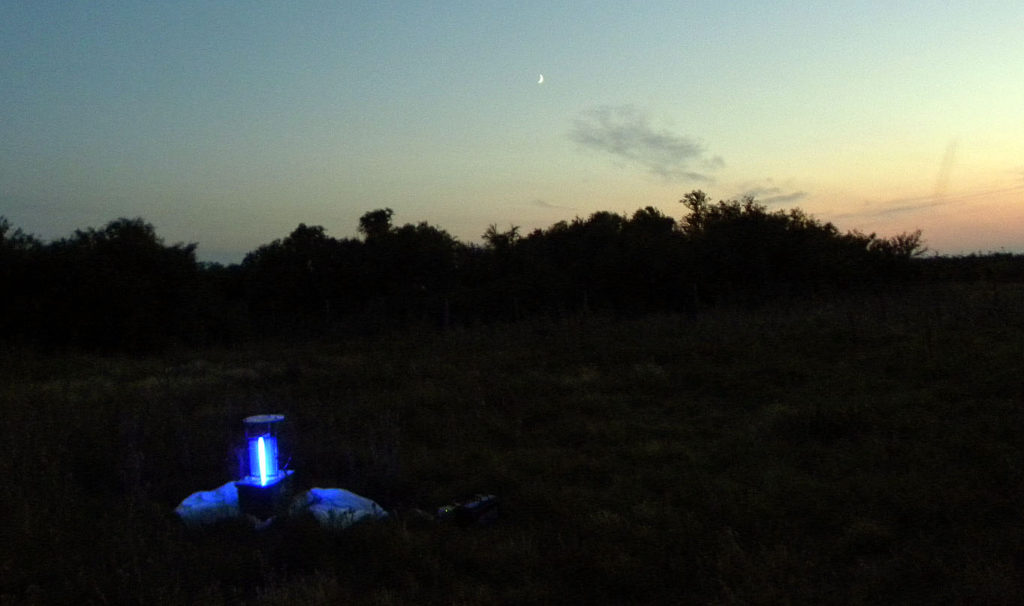
The principle is the same as for the Deux-Sèvres but the known collections do not cover as well the 120 years concerned. This will be compensated by the provision of “IKEA” type light traps to the LPO entomologists team. The distribution of the material will be supervised by Jean-Pierre, the material is fully financed by the OPIE Poitou-Charentes. This equipment is made up of an “IKEA” laundry tub in which slots have been arranged to allow butterflies to enter and a 15-watt UV tube with its ballast. The light traps are distributed throughout the department of Charente-Maritime, fourteen people are equipped and will make surveys for four years.
At the time of these four years, 40 000 data were collected. A partnership with the Natural History Museum of La Rochelle via its director Mrs. Elise Patoe-Edoumba is realized and the latter is committed to helping the Opie Poitou-Charentes to finance the edition of the catalogue and opens the doors of the museum to the Opie in order to To identify the collection of Robert Levesque (his French collection was given to the museum). In addition to the data from the light traps, the Yves Marsh Nature Reserve (17) asks the OPIE for an inventory of the night butterflies in the reserve. This study started in 2013 will also enrich the new catalogue of Charente-Maritime. The latter, in the course of completion should be published before the end of the year 2018. The study of moths (moths) of the marsh of Yves continues since 2013.
Concerning the Marais of Yves (17), the first results were published in the Annals of the Natural History Museum of La Rochelle in 2017. This work mentions in particular the discovery of two new species for France (these discoveries were the subject of two articles in the journal OREINA). It is a Tineidae species, Crassicornella agenjoi, (Petersen, G. 1988), and a Gelechiidae species, Psamathocrita argentella, Pierce & Metcalfe, 1942. These two discoveries could not have been realized without the help of Alain Cama and Jacques Nel.

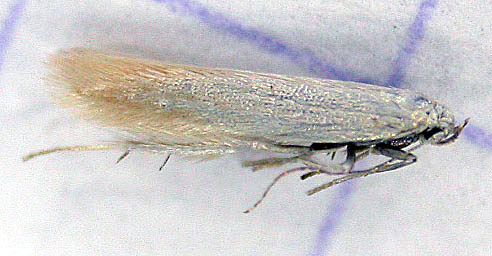
Future projects
And after 2018, what are the projects of the OPIE Poitou-Charentes? An update of the Deux-Sèvres catalogue should begin. It will take into account the additions we have published since 2013, the surveys of the hunts carried out over the last five years and the specimen survey by specimen of the collection of Robert Levesque, which had never been carried out. The catalogue update will only be published as a free download. We have also been asked to update the Charente catalogue, and we are thinking about it. Finally, I would mention the current study carried out by Vincent Albouy on the demography of wild bees. The results are published regularly in the review of the national OPIE insects. Unfortunately the first articles corroborate what is found concerning the butterflies, namely a regression.
|
Word of the author My passion for nature in general and entomology in particular goes back to my childhood but it is only since 1996 and my meeting with Mr. Robert Levesque that this passion has been able to structure and finally take flight. Alone, I had accumulated over the years a large number of photographs and some species in collection, mainly Lepidoptera. Then I heard about nocturnal insect hunts and I wanted to get some equipment to start studying the moths or mothss seriously. It was by chance, looking for a mercury vapor lamp (it was not easy at the time) that a friend gave me the address of Mr. Robert Levesque.  I made contact with Robert and luckily he lived near my house. We became very fast friends and exchanged until his death in 2011. From the first night out with Robert, I realized that my passion for butterflies would be able to express himself totally, for his part Robert was happy to have found a new colleague and he opened me wide the doors of his house, his collection and of his knowledge. From 1996, I accompanied him during all his outings and especially during the inventories of the Forest of the Retreats (79) and the Forest of Chizé (79). Robert also made me discover his favourite night hunting spots, already deploring a fall of the populations and the disappearance of some species of butterflies diurnal or rhopalocerians. Fascinated by Guyana, Robert had already made six trips when I met him. Many copies were in his collection, only a minority of them were identified. The documentation was difficult to access at that time (no internet access yet) and the one available in paper format was very ruinous. With the beginnings of the Internet, we were able to make contact with several renowned entomologists such as Jean Hanif, Paul Brenda, Pierre Zagatti, Hervé de Toulgoët, Jérôme barbut, Bernard lang-Cassou, Antoine Lévêque, who helped us to identify Several hundred species. 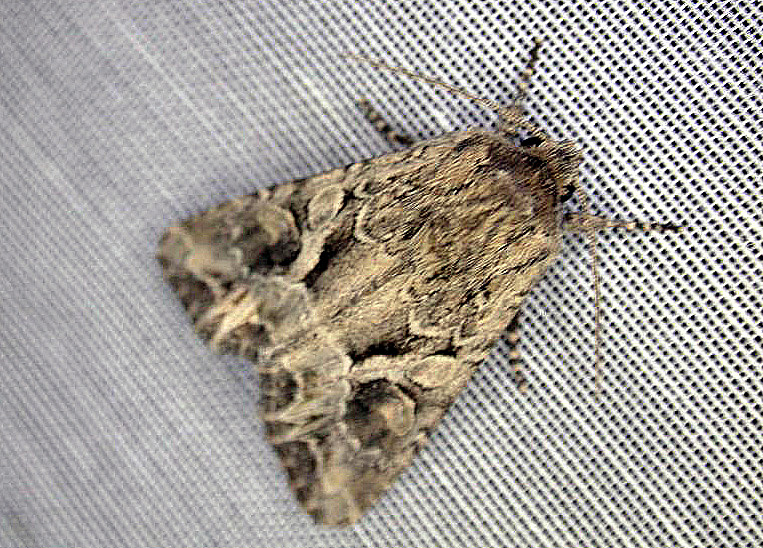 Seeing my interest in Guyanese Lepidoptera, Robert then 76 years old in 1998 proposes me to make a final voyage in his company in order to make me discover the wonders of this territory. We will spend two weeks in the Guyanese forest during the month of October 1998, these are unforgettable memories. I made another trip to Guyana during the year 2008. The identification of the Guyana butterflies in Robert’s collection has occupied me for several years on a Sunday morning every fortnight. We advanced well but the health problems of Robert growing up, we stopped in 2010. The Guyanese collection of Robert has unfortunately not been entrusted to the Natural History Museum of La Rochelle as has been the case for the rest of its butterflies and this fact is regrettable because we can no longer study it. I hope that this article will have made it possible to discover what a small group of volunteers passionate about entomology, grouped under the OPIE Poitou-Charentes and without any subsidy could realize and realize in the future. Feel free to contact me via my email address famille.guyonnet@club-internet.fr if you want to know more and participate in our different projects. Only the sharing of knowledge animates us. |
Sources:
- Hallmann AC ; Sorg M.; Jongejans E. et al. (2017): More than 75 per cent decline over 27 years in total flying insect biomass in protected areas. PLOS One (link)
Further information
- Cahiers de OPIE Poitou-Charentes n ° 1: “Lepidoptera of Poitou-Charentes, Vendée and their biotopes“
- Cahiers de the Opie Poitou-Charentes N ° 2: “New catalogue of the Lepidoptera of Deux-Sèvres-Text & Planks”


In the same topic, you can discover the interviews of:
- David GIRON (Entomologist-researcher CNRS-University of Tours)
- Henri-Pierre Abbasi (entomologist-CIRAD)
- Nicolas MOULIN (Independent entomologist)
- Patrice BOUCHARD (Research entomologist-University of Ottawa)
- Marius Bredn (Entomologist-graduate of Master 2 of Tours)
- Bruno Masiliso (entomologist-Office for insects and their environment-OPIE)
- Adrian Hoskins (Internationally renowned entomologist-butterfly specialist Rhopalocerians)
- Christophe Avon (entomologist at LEFHE, director of MAHN-86 and founder of World Archives of Science-WAS)
- Pierre-Olivier Maquart (entomologist specialising in African Cerambycidae and Amblypygids-doctoral fellow at Sterling University)
- Yves Carton (Director of research emeritus at the CNRS-author of “History of entomology-Relations between French and American biologists-1830-1940
“)
- Gérard Duvalle (professor emeritus at the Université Paul-Valéry Montpellier 3, researcher at the Centre of functional Ecology and scalable (CEFE)
- Pierre Kerner (lecturer in genetics scalable development at the Université de Paris Diderot)
- Claude Dejoux (retired from the IRD-Continental Hydrosystem specialist)

